How to Design a Beautiful Shade Garden
http://decor-ideas.org 04/24/2015 02:13 Decor Ideas
Shade gardens can be the most luxurious places in the landscape, because they are great places for solitude and privacy. Make the most of your cool, shaded garden spot with these planting and design tips.
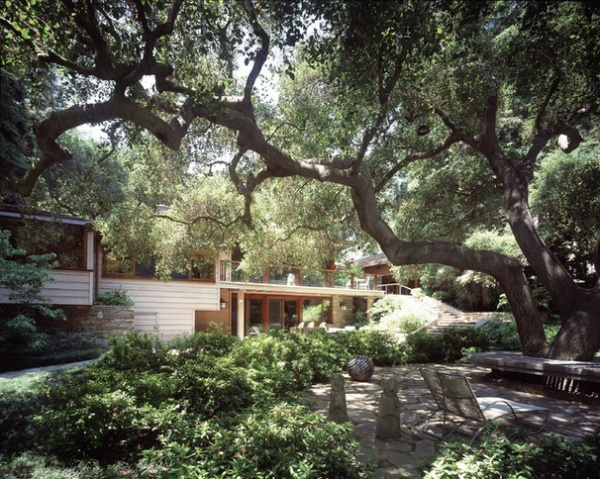
What grows in the shade? Many beautiful plants will thrive in full or partial shade. Take some hints from naturally occurring plant communities in shady environments for plants to include in your shade garden.
The forest floor: The ground of wooded areas has many types of ground covers, flowering bulbs and even tree species that will seed and grow in the shade. Examples include ferns, Virginia bluebells (Mertensia virginica) and Canadian hemlock (Tsuga canadensis).The understory: The layer beneath the tree canopy in a woodland is called the understory, and this layer is home to woody shrubs and small trees — many of them flowering — that thrive in full to partial shade. Examples include rhododendrons, fringetree (Chionanthus virginicus) and flowering dogwood (Cornus florida). The forest edge: The space between meadow and woodland is a transitional ecosystem with a mix of sun and shade. Plants that thrive in this zone are usually highly adaptable. Understory flowering plants will also grow well at the forest edge, usually with a more impressive flower display. Examples include all of the sumacs (Rhus spp) and sassafras. There are also several grasses in the Carex genus that do great in partial shade.
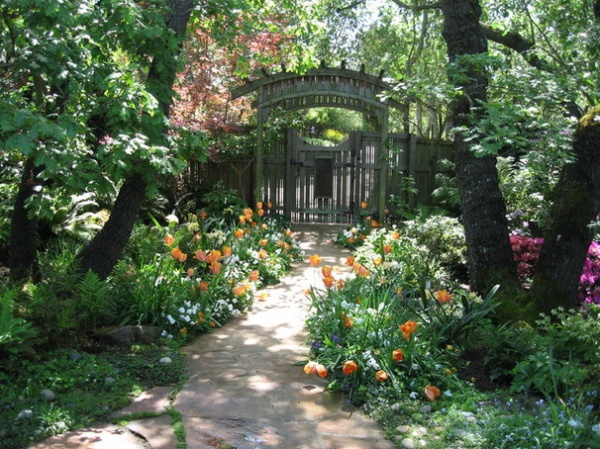
Understand your site. Trees cast different amounts of shade, depending on their species, their age and how they are pruned. For example, linden trees (Tilia spp) cast a deep, dense shade, while birch trees (Betula spp) cast only a light shade. Identify if you have deep shade or light shade by observing the shadow casts at different times of day. Note that some trees can be “limbed up” to let in more light to the ground below. Consult a certified arborist to identify which branches should be removed. Deep shade: Your palette will be mostly woodland plants, ferns and other full-shade plants that hail from the forest floor or understory. If your deep shade is from deciduous trees, you still have the option of adding spring color with bulbs that bloom in early spring or late autumn.Light or dappled shade: With just a little more light, you have a larger planting palette available. Dappled shade creates a beautiful effect on the ground, the result of the light that filters through the leaves. Create a place where you can sit and enjoy the dance of light across your shade garden.
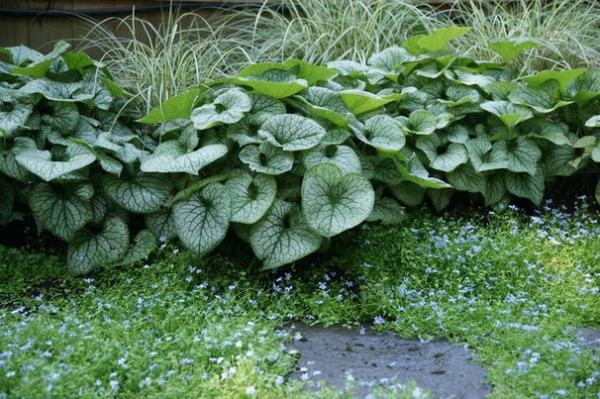
Choose your colors wisely. Colors have a different visual effect in the shade than in the sun, because of the way light either washes out or intensifies color. The colors that may be washed out in full sun will seem brighter — almost artificially so — in the shade. Plan your groups of plants according to texture and form, or choose a palette of two or three colors, like the blue, white and dark green pictured here.
Shown: Variegated Japanese sedge (Carex morrowii ‘Aurea Variegata’), Jack Frost heartleaf (Brunnera macrophylla ‘Jack Frost’) and blue star creeper (Isotoma fluviatilis ‘Little Bluestar’)
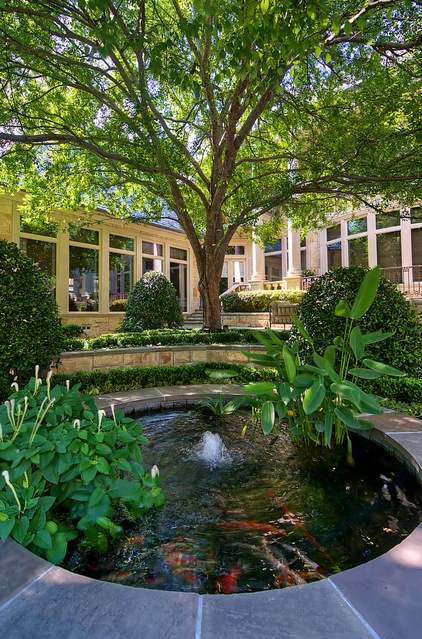
Add water. Cool shade gardens are great spots for small water features for two primary reasons: 1. There will be less water loss due to evaporation in the shade than in the sun, and 2. a water feature adds to the calm serenity of the space.
A small reflecting pool or koi pond, like the one here, is right at home in a protected shade garden.
See how to be water wise with a great fountain
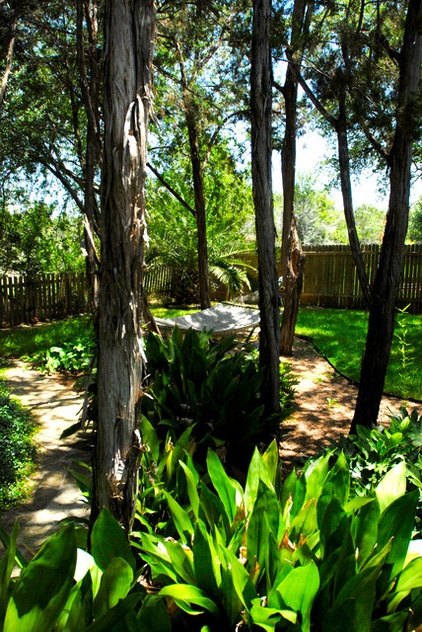
Create a spot for relaxing. Cool, shaded areas that are protected from the afternoon sun are prime spots for reading a book, drinking a cup of tea or just sitting quietly and enjoying nature.
Your turn: Show us your favorite shaded garden spot in the Comments!
More:
How to Design and Plant in Dry, Sunny Spots
Learn Your Garden’s Microclimates for a Resilient Landscape
Related Articles Recommended












